- Description
- Reviews (0)
Description
🇵🇪 Corydoras sp. Peru – Wild Elegance from the Amazon Basin 🌿🐟
Introduce a touch of natural grace to your freshwater aquarium with Corydoras sp. Peru, a rare and captivating species from the Amazon tributaries of Peru. With their sleek, silvery bodies, subtle black markings, and gentle bottom-dwelling nature, these wild-type Corys are a must-have for aquarists seeking authenticity and calm beauty in a peaceful community tank.
Often seen schooling gently across the substrate, these catfish are full of personality and perfect for softwater, planted aquariums.
🌟 Key Features
- 🌎 Wild-Collected Beauty: A naturally occurring species not found in commercial breeding.
- 👥 Highly Social: Best kept in groups of 5 or more for natural behavior.
- 🧽 Substrate Cleaners: Constantly foraging, they help reduce waste buildup.
- 🫧 Peaceful & Community-Friendly: Ideal for calm, multi-species aquariums.
- 🌿 Shrimp- & Plant-Safe: Will not uproot plants or bother inverts.
📏 Size & Lifespan
- 🔹 Adult Size: 5 – 6 cm (2 – 2.5 inches)
- ⏳ Lifespan: 5 – 8 years
🌊 Water Parameters
- 💧 Temperature: 21°C – 24°C
- 💎 pH: 6.0 – 7.2
- 🌡 GH: 3 – 10
- ⚖️ KH: 2 – 6
- 💦 TDS: 100 – 180 ppm
💡 Soft, acidic water and stable conditions best replicate their native environment.
🍽️ Feeding & Diet
Corydoras sp. “Peru” are omnivores and bottom feeders. Feed them:
- 🍽️ High-quality sinking pellets/wafers
- 🐛 Frozen or live foods: bloodworms, brine shrimp, daphnia
- 🌿 Blanched vegetables (zucchini, spinach) occasionally
✅ Feed once or twice daily—ensure food reaches the bottom zone.
🧑🔧 Care Guide
| Care Element | Recommendation |
|---|---|
| ✅ Tank Size | Minimum 60L; larger tanks for groups preferred |
| 🌊 Filtration | Gentle flow with high oxygen levels |
| 🪨 Substrate | Soft sand or smooth gravel to protect delicate barbels |
| 🌿 Décor | Driftwood, shaded plants, caves, and leaf litter |
| 💡 Lighting | Moderate to low—shade is appreciated |
| 🔄 Water Changes | Weekly 20–25% with gentle vacuuming of the substrate |
🤝 Tank Mate Compatibility
Corydoras sp. Peru are peaceful and community-safe, but do best with similarly gentle tank mates.
| ✅ Compatible With | ❌ Avoid With |
|---|---|
| 🐠 Tetras (Neon, Ember, Rummy) | 🐟 Large or aggressive cichlids |
| 🐟 Rasboras, Pencilfish | 🐠 Fin-nippers and fast, boisterous fish |
| 🦐 Amano/Cherry Shrimp | 🦀 Crayfish or predatory inverts |
| 🐌 Snails, Otocinclus | 🐟 Dominant bottom-feeding fish |
💡 Pro Tips
- 🧑🤝🧑 Keep in groups of 5+—they school tightly when secure.
- 🌱 Add floating plants to diffuse harsh lighting.
- 🐠 Surface gulping is natural—Corys breathe atmospheric air.
- ⚠️ Avoid sharp gravel that can damage their sensitive mouths.
🛍️ Ideal For:
✅ South American biotope setups
✅ Peaceful planted aquariums
✅ Wild fish collectors and rare Cory lovers
✅ Hobbyists wanting active, bottom-dwelling species
Bring the Amazon to your home aquarium with the elegant, peaceful Corydoras sp. Peru — a wild treasure for nature-inspired aquascapes! 🐟🌱🇵🇪
🐟 Corydoras Mixing Compatibility Guide
✅ Best Mixed Cory Combos (Similar Size & Behavior):
| Combo | Why It Works |
|---|---|
| Bronze + Albino | Same species (C. aeneus)—they school together |
| Sterbai + Orange Venezuelan | Similar size, peaceful, warmer water tolerant |
| Panda + Julii | Close size and calm nature (cooler temp ok) |
| Sterbai + Peppered | Great mix for larger planted tanks |
| Peru Sp. + Julii | Both prefer soft, slightly acidic water |
| Bronze + Pepper | Hardy and adaptable to most conditions |
🧠 Tips for Mixing Corys:
-
✅ Keep at least 3–4 of each variant (6+ preferred per type)
-
✅ Choose species with similar temperature ranges (±2°C)
-
✅ Provide lots of hiding spots, soft substrate, and a peaceful tank
-
✅ Avoid mixing with large, aggressive bottom feeders (e.g. loaches, crayfish)
⚠️ Avoid Mixing:
| Combo | Reason |
|---|---|
| Warm-water Sterbai + Cool Panda | Big temp difference (Sterbai 25–28°C, Panda 21–23°C) |
| Tiny dwarf Corys + Large Corys | May be outcompeted or stressed |
| Wild-caught + Captive-bred | Acclimation and diet needs can differ |
💡 Best Practices:
-
Use sand substrate to protect their barbels
-
Feed sinking pellets & varied protein-rich foods
-
Perform regular water changes (20–30% weekly)
-
Keep in groups of at least 5–6 per type, or mix small groups with caution
Only logged in customers who have purchased this product may leave a review.


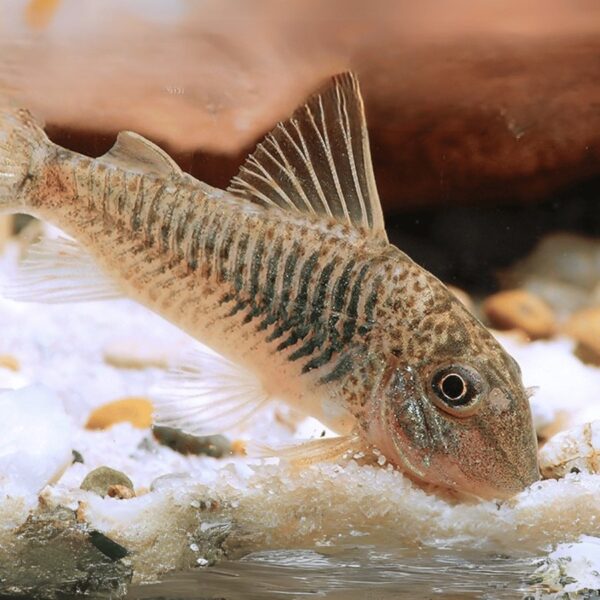
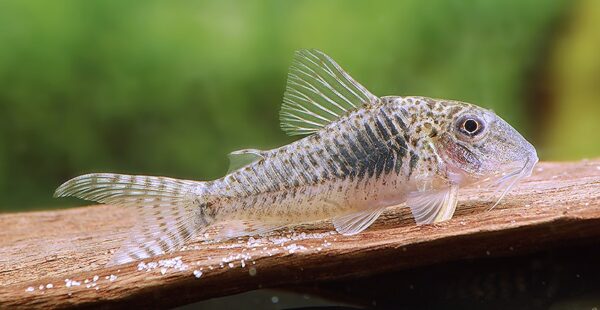
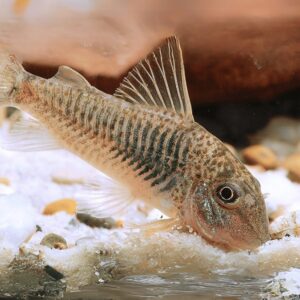
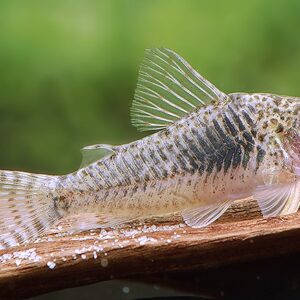
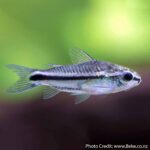
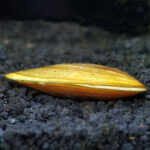
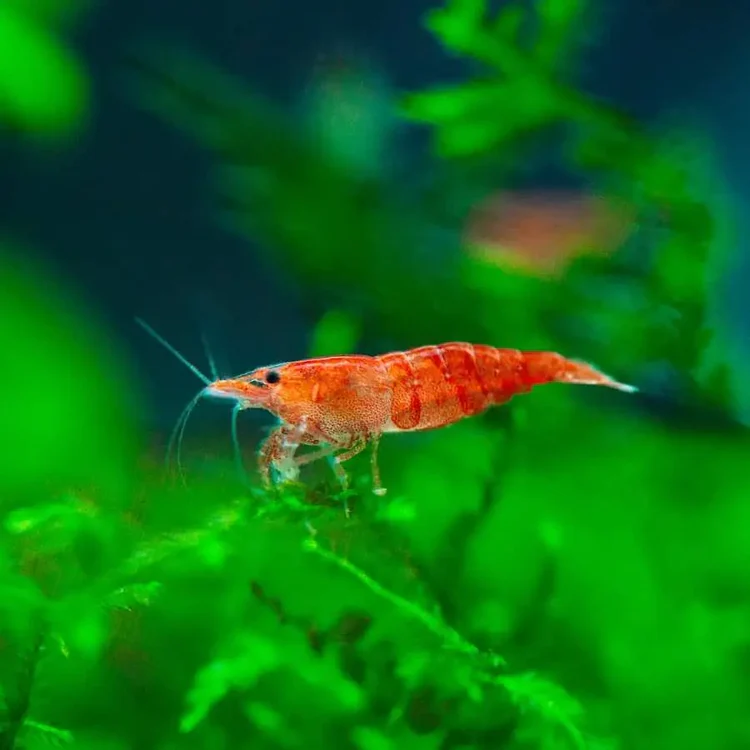
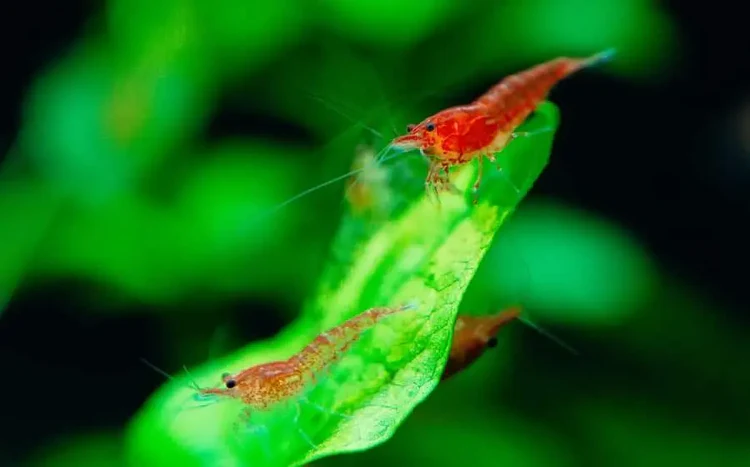
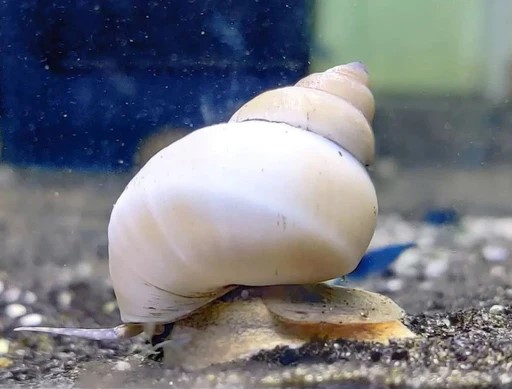
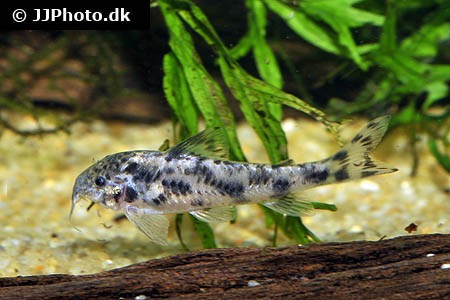

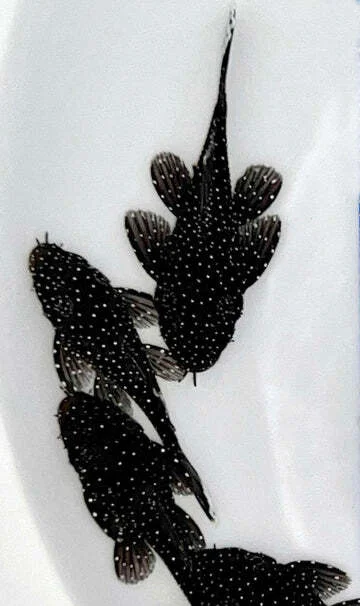
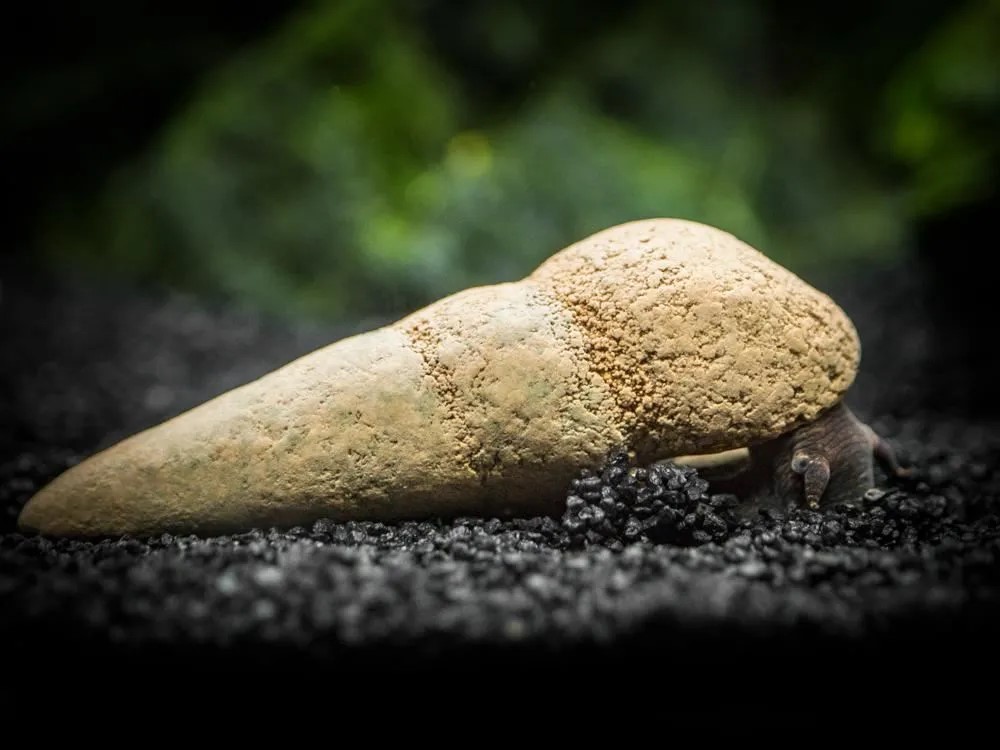
Reviews
There are no reviews yet.